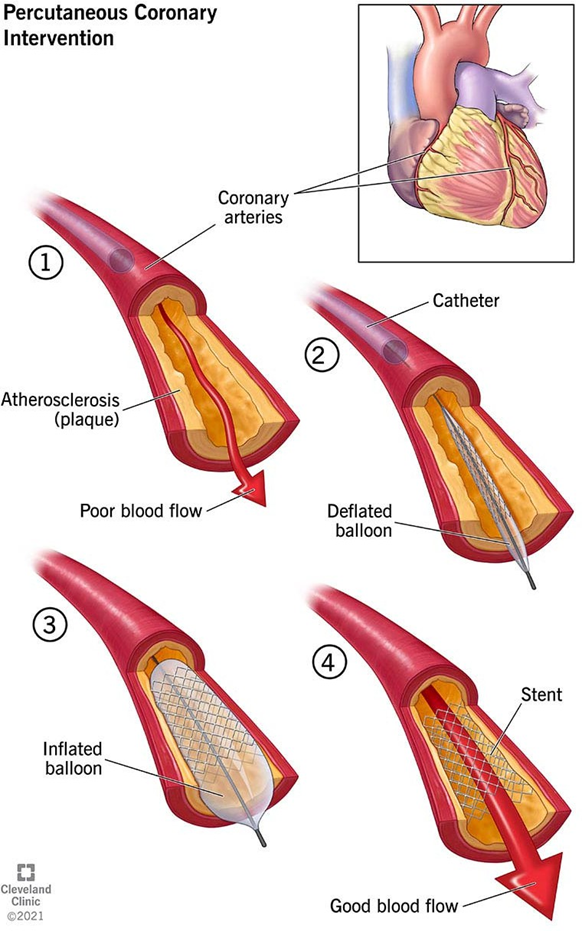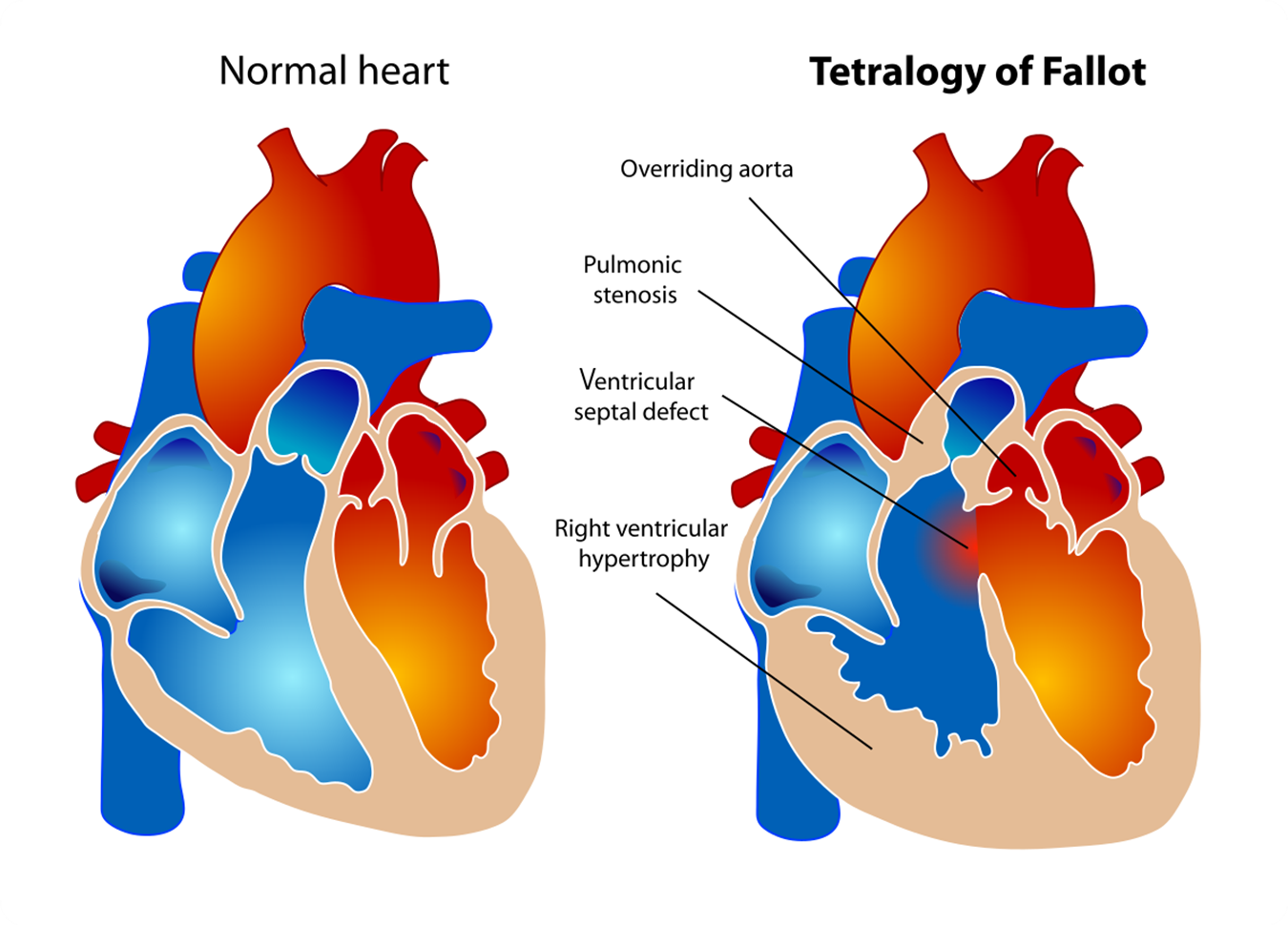A patient has been admitted to the coronary care unit (CCU) with an ST-segment-elevation myocardial infarction (STEMI). The patient is restless, anxious, has a blood pressure of 86/40 mm Hg, and a heart rate of 132 beats/min.
What is the priority problem for this patient?
Anxiety
Acute pain
Decreased cardiac output
Stress management
The Correct Answer is C
Choice A rationale
Anxiety is a common response to the stress of hospitalization and illness, especially in the context of a serious condition like ST-segment-elevation myocardial infarction (STEMI).
However, while anxiety can exacerbate physical symptoms and should be addressed, it is not the primary problem in this scenario.
Choice B rationale
Acute pain is a common symptom of STEMI, as the heart muscle is deprived of oxygen. However, the patient’s blood pressure and heart rate readings suggest a more immediate concern related to the cardiovascular system.
Choice C rationale
Decreased cardiac output is likely the priority problem for this patient. The patient’s low blood pressure (86/40 mm Hg) and high heart rate (132 beats/min) suggest that the heart is not pumping enough blood to meet the body’s needs, which is a direct consequence of the STEMI1. This can lead to organ failure and other serious complications if not addressed promptly.
Choice D rationale
Stress management is an important aspect of long-term care for patients with heart disease, as chronic stress can contribute to further heart damage. However, in the acute phase of a STEMI, the focus is on stabilizing the patient’s condition and preventing complications.
Nursing Test Bank
Naxlex Comprehensive Predictor Exams
Related Questions
Correct Answer is D
Explanation
Choice A rationale
Exercise electrocardiography, also known as a stress test, is not typically the first-line emergent procedure for a patient with an acute myocardial infarction (AMI). This test is often used to diagnose coronary artery disease, but it is not typically used to treat an AMI5.
Choice B rationale
A computed tomography (CT) scan of the chest with contrast could be used to visualize the heart and surrounding structures, but it is not typically the first-line emergent procedure for a patient with an AMI5.
Choice C rationale
An echocardiogram could be used to visualize the heart’s structure and function, but it is not typically the first-line emergent procedure for a patient with an AMI5.
Choice D rationale
Percutaneous coronary intervention (PCI) is the correct answer. This procedure is often used as an emergent treatment for an AMI. It involves using a catheter to place a small structure called a stent to open up blood vessels in the heart that have been narrowed by plaque buildup.

Correct Answer is C
Explanation
Choice A rationale
A Ventricular septal defect (VSD) is a hole in the wall separating the two lower chambers of the heart. While it can cause cyanosis, it would not typically cause cyanosis only during crying or after feeding.
Choice B rationale
An Atrioventricular canal (AVC) defect is a combination of heart problems resulting in a defect in the center of the heart. While it can cause cyanosis, it would not typically cause cyanosis only during crying or after feeding.
Choice C rationale
Tetralogy of Fallot is a rare condition caused by a combination of four heart defects that are present at birth. These defects, which affect the structure of the heart, cause oxygen-poor blood to flow out of the heart and into the rest of the body. Infants and children with Tetralogy of Fallot usually have blue-tinged skin because their blood doesn’t carry enough oxygen. This is often more noticeable during episodes of crying or feeding.
Choice D rationale
An Atrial septal defect (ASD) is a hole in the wall between the two upper chambers of your heart (atria). The condition is present at birth (congenital). Small defects might be found by chance and never cause a problem. Some small atrial septal defects close during infancy or early childhood. While it can cause cyanosis, it would not typically cause cyanosis only during crying or after feeding.

Whether you are a student looking to ace your exams or a practicing nurse seeking to enhance your expertise , our nursing education contents will empower you with the confidence and competence to make a difference in the lives of patients and become a respected leader in the healthcare field.
Visit Naxlex, invest in your future and unlock endless possibilities with our unparalleled nursing education contents today
Report Wrong Answer on the Current Question
Do you disagree with the answer? If yes, what is your expected answer? Explain.
Kindly be descriptive with the issue you are facing.
